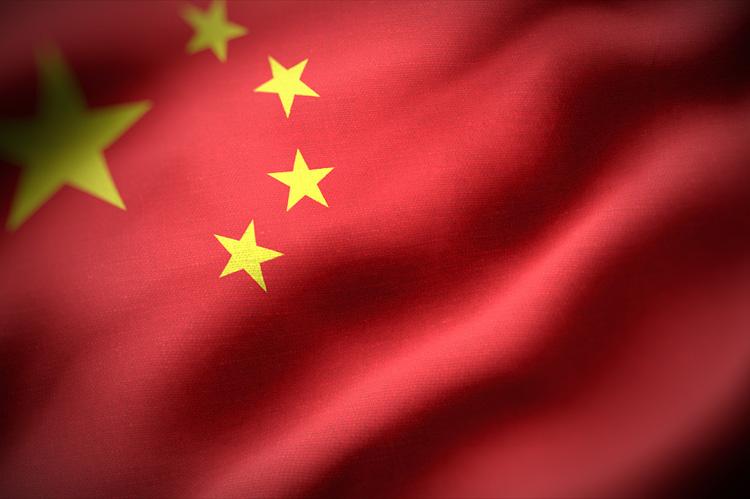China Plans 6,000-kilometer Integrated Pipeline Network to Meet Soaring Hydrogen Demand

China is set to construct an extensive pipeline network to facilitate hydrogen transportation from its wind and solar energy-rich northern and northwestern regions to the southern and eastern markets, the Recharge news blog reported.
The move comes in response to the country's projected surge in hydrogen demand, which is expected to reach 100 million tonnes per annum by 2060, according to Li Guohui, vice president of China Petroleum Pipeline Engineering Corporation (CPPEC).
The hydrogen production facilities in China are primarily concentrated in the northwest, northeast, and midwest regions, known for their abundant solar and wind resources and their significance in China's refining and chemical industry.
However, the demand for hydrogen is concentrated in the eastern and southern parts of the country, necessitating the development of infrastructure to transport hydrogen to these markets, regardless of whether it is grey or green.
Li outlined the ambitious plan for a 6,000-kilometer pipeline network by 2050, connecting various regions, provinces, and cities in northern China, such as Ningxia, Inner Mongolia, Hebei, Beijing, Tianjin, and Heilongjiang.
The national hydrogen pipeline grid will be accessible to hydrogen asset owners and traders, providing a comprehensive infrastructure for hydrogen transportation across the country.
Sinopec, one of China's major oil and gas companies, will construct a dedicated pipeline to transport green hydrogen produced in Inner Mongolia to consumers in Beijing.
The proposed West-East hydrogen pipeline will span 400 kilometers, traversing nine counties and cities in three provinces, from Ulanqab, Inner Mongolia, to the Sinopec Yanshan Petrochemical facility in Beijing. Initially, the pipeline's throughput capacity will be 100,000 tonnes per annum, with future expansion potential to 500,000 tonnes per annum in the future.
PetroChina has also taken a significant step towards meeting China's hydrogen transportation needs. In March, the company began constructing the country's first pipeline designed specifically for transporting green hydrogen. The pipeline, spanning six kilometers, will transport green hydrogen from a PV-electrolysis facility at the Yumen oilfield in Gansu province to a local petrochemical plant.
With a throughput capacity of 10,000 cubic meters per hour, this pipeline will reduce carbon dioxide emissions by 220,000 tonnes per annum while producing 7,000 tonnes per annum of green hydrogen and generating 278-kilowatt hours per annum of electricity.
Li emphasized that China currently possesses only three hydrogen pipelines, each spanning less than 100 kilometers. In contrast, the global hydrogen pipeline network, totalling 5,000 kilometers, is largely controlled by Air Liquide, Air Products, and Linde, leading multinational companies in the industry.
China's planned pipeline network aims to bridge this gap and support the country's growing hydrogen industry by providing efficient and extensive transportation infrastructure.
As China strives for cleaner energy alternatives, developing an integrated pipeline network is a crucial step toward meeting the rising hydrogen demand and supporting the transition to a more sustainable future.

